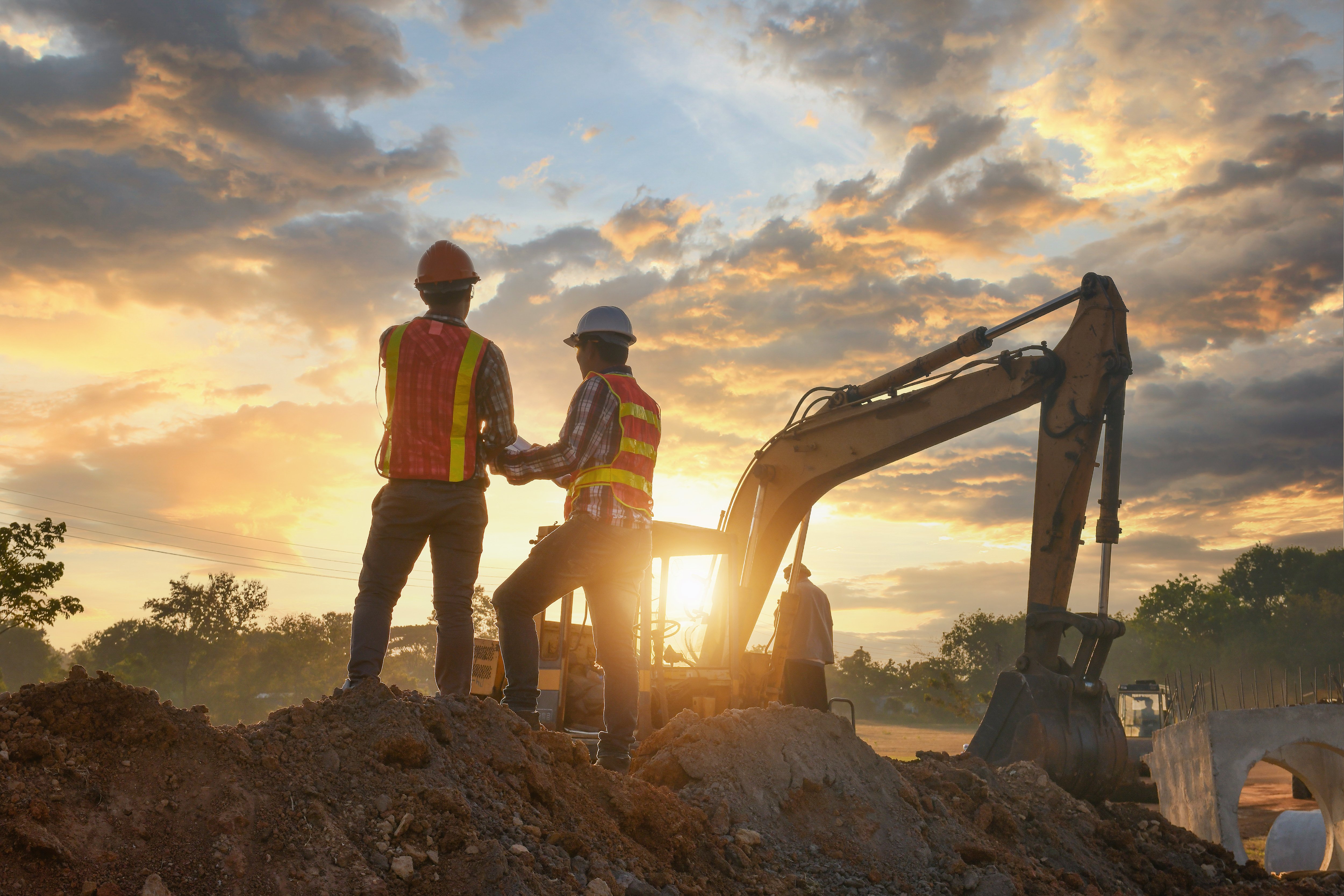New development doesn’t just break ground, it enters a conversation.
And increasingly, that conversation is tense. From town halls to online forums, community pushback is becoming a familiar challenge for builders. But resistance rarely stems from a flat-out “no.” It’s often rooted in deeper concerns — about traffic, school capacity, affordability, or the pace of neighborhood change.
For builders, ignoring these concerns risks delays, denials, and long-term reputational damage. The better strategy? Understand what matters to the community and address it; proactively, clearly, and with the data to back it up.
Understanding Modern Community Resistance
“NIMBY” isn’t a new term, but it no longer tells the full story.
Today’s opposition to development is nuanced. While some residents resist change for personal reasons, most objections stem from legitimate anxieties about how new projects will affect their quality of life. These concerns commonly include:
- Traffic and congestion from increased population density.
- Overburdened schools and strained public services.
- Loss of neighborhood character or open space.
- Affordability issues and fear of displacement.
It’s not about whether people support housing — they often do. It’s about how, where, and for whom that housing is built.
Why Engagement Matters
Community resistance isn’t just a hurdle, it’s a high-stakes risk factor. Builders who treat engagement as an afterthought often face drawn-out approvals, costly redesigns, or outright project failure. On the other hand, early and meaningful engagement offers major strategic benefits:
- Regulatory Advantage
Engage early to uncover potential roadblocks before they become formal objections. Community alignment can make the difference in zoning, permitting, and planning board approvals.
- Reputation Building
Builders who listen, and respond, earn trust. That goodwill pays off in future projects and smoother local relationships.
- Project Sustainability
Developments shaped by community input tend to be more resilient, better integrated, and more successful over the long term.
- Competitive Edge
In tight or politically sensitive markets, being the builder known for collaboration gives you an edge.
Proactive Strategies for Community Engagement
Engagement doesn’t mean giving up control, it means gaining foresight. Builders who approach community conversations with strategy, empathy, and preparation don’t just survive the approval process. They lead it.
Map Concerns Before They Surface
Use data to anticipate what matters most. School zones, housing affordability, demographic shifts, and transit corridors can help forecast likely objections — so you’re ready with solutions.
Partner Early with Local Stakeholders
Engage with planning boards, school officials, local advocacy groups, and neighborhood associations early. Build relationships before there’s friction.
Come to the Table with Solutions
Whether it’s contributing to infrastructure improvements, including affordable units, preserving green space, or easing traffic flow, bring concrete answers — not just plans.
Tailor Messaging to the Community
Every neighborhood is different. Use language that resonates with local values, history, and identity, not just architectural renderings and ROI.
Stay Visible Throughout the Process
Don’t disappear after approvals. Maintain communication during construction and beyond to reinforce trust and transparency.
Data as a Tool for Better Engagement
Strong engagement is rooted in strong information. Builders who rely on assumptions risk misreading the room. Builders who rely on data are better equipped to respond with accuracy and empathy.
With the right datasets, you can:
- Understand school zoning boundaries and capacity constraints.
- Monitor housing price trends and affordability gaps.
- Evaluate demographic shifts and neighborhood makeup.
- Analyze traffic patterns and access to public transit.
These insights can shape not just your site selection, but your community strategy.
Building Smarter with Acres.com
Acres helps builders move beyond guesswork. With access to layers of data—school zones, rent and home price trends, future land use, population growth, and more—you can anticipate concerns and plan for them early.
Whether you're selecting sites, preparing for permitting meetings, or crafting a community engagement strategy, Acres equips you with the intelligence to lead with confidence and build with intention.
Build With, and For, the Community
Every project happens in a living, breathing community. Builders who recognize that (and who prepare accordingly) don’t just overcome opposition. They earn support.
By engaging early, understanding local concerns, and responding with insight and clarity, you can turn resistance into opportunity.
Use Acres to build the full picture before you break ground. The result? Smarter site selection, stronger community alignment, and faster, more sustainable success.
